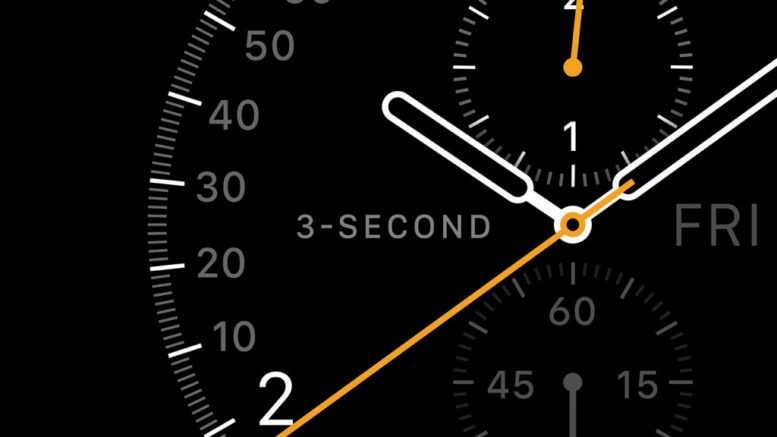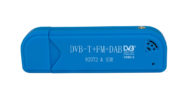So, we all know that “digital” means “computery” and “analog” means “old school.” Or at least that’s what we think we know. The real words mean something completely different and they’ve been stolen and corrupted so that we have words for things in our lives. What?
Let’s back up.
Digital, as any med student will tell you, actually means “about your fingers.” Yeah, you knew that too because somewhere you remember someone calling fingers “digits.”
Analog means “something that stands in for something else.” Like, if you use stevia, that’s an analog for sugar. It looks like sugar and tastes like sugar and so you use it instead of sugar.
So what the heck does this have to do with watches or anything else?
OK let’s back up. At some point, the word “digit” came to mean not only “finger” but “whole number.” By whole number I mean a number you can count on your fingers, in other words not some crazy fraction, but like “1,2,3,4.” It’s a pretty natural transition if you think about it that way. But the real “break” for the word “digital” came in the 1940s when scientists started looking at a new type of computer.
Believe it or not, computing machines used to look a lot like clocks. There was a lot of gear movement and it wasn’t very precise or easy to use. After the second world war, scientists came up with a new philosophy – use switches instead of gears. Put enough switches together (and it takes millions of them) and you can do more than gears could ever do. But switches are either “on” or “off.” This type of computer was originally referred to as a “binary” computer but it became popularly known as a “digital” computer because the first ones could really only think in whole numbers. It took a trick of mathematics that came much later to make it seem like they could think in fractions.
Long story short
So long story short, “digital” came to mean “a machine that works with whole numbers,” like a digital watch.
And then there’s analog. The word “analog” didn’t have a whole lot of use until someone said, “yeah, but what do you call a watch that isn’t digital?” What we needed was a “retronym” which is a word to describe something that didn’t need a word, until someone made it obsolete. Like “landline phone” or “film camera” or “tube TV.” Twenty five years ago, we just called those “phone,” “camera” and “TV.” And fifty years ago, we just said “watch.”
I don’t know who first used the word, but someone said, OK, what is an older watch doing that a newer one isn’t. What it was doing was showing a direct relationship between things. It was showing you a picture of how much time has passed in the day, and you needed that whole picture in order to understand it. At some point, someone said that the watch face was an “analog” for the amount of time that passed. It doesn’t make a lot of sense but what were you going to do, call it a “hand-looking watch” or an “roundy-pointy-numbery watch?” Good thing the word “analog” stuck because at least it sounds sort of intelligent. And so, the word “analog” entered our minds, as a way to tell a Rolex from a Casio. Other than, you know, the price tag.
And then, analog was everywhere
Eventually the term “analog” also applied to anything with a dial instead of numbers, like speedometers or thermostats. Anything where a line in a specific position stands in for something else. It’s a pretty thin connection between the original meaning of “analog” but hey, it works.
Analog or digital, you’ll find it at Solid Signal
You’ll find analog gauges and fancy digital signal meters, plus everything else you need to live your best digital life, when you shop the great selection at Solid Signal.





